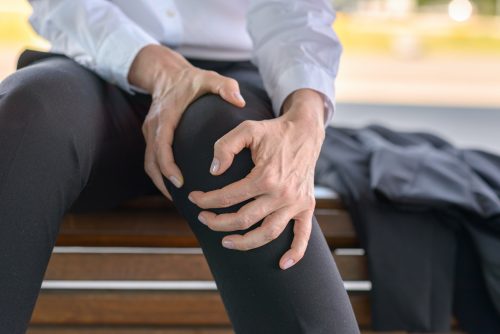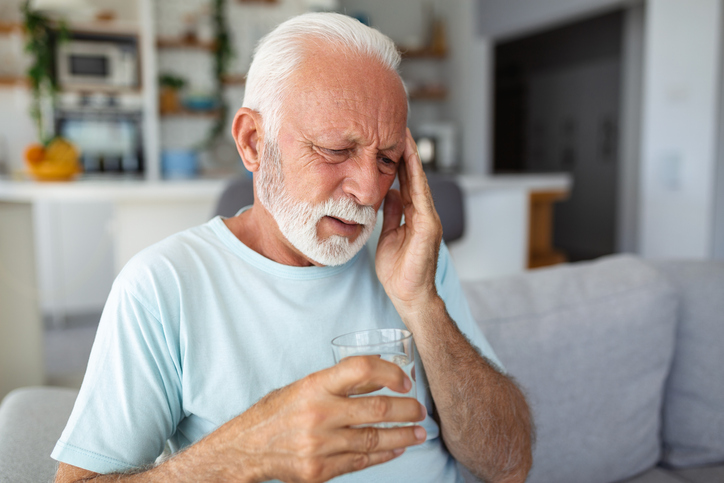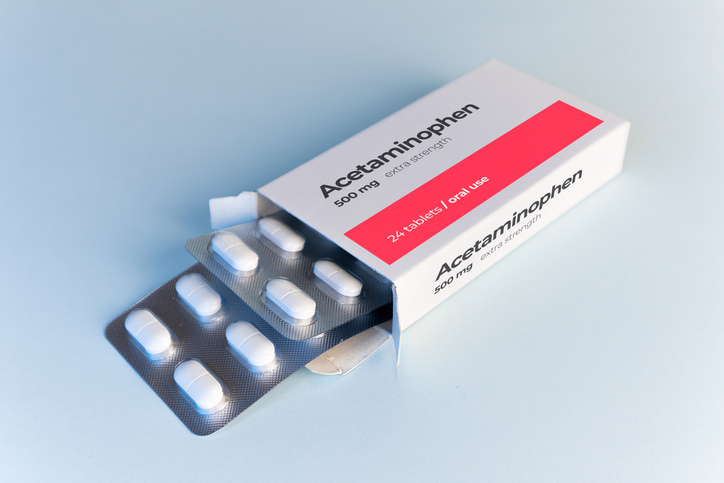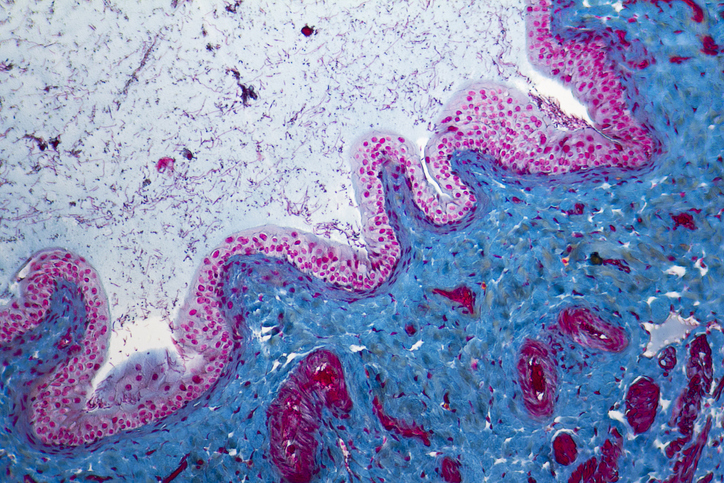
The findings of a recent study have identified several risk factors associated with neuropathic-like knee pain (NKP).
Researchers used data from The Nottingham Knee Pain and Health in the Community (KPIC) study to collect data and performed a cross-sectional study with three groups: NKP, non-NKP, and no knee pain (KP). To identify current KP, researchers asked, “Have you ever had knee pain for most days of the past one month?”
Research from the University of Nottingham suggests 14% of people with knee pain (KP) have neuropathic-like knee pain (NKP) and the latter is more common in women and those with depression and anxiety.https://t.co/4SHEtcNMwR pic.twitter.com/tcBziRzvbK
— Medscape UK (@MedscapeUK) October 4, 2018
Responses from 9,506 people (age ≥ 40 years) were eligible for inclusion in the study, of which 28.3% (n = 2,681) reported KP for most of the last month. Of the KP cohort, 366 (13.65% of those with KP, 3.9% of the total KPIC) had NKP. Women with KP were more likely to report NKP than men (16.6% vs 11.6%).
Researchers compared results in four categories: definite NKP (n = 366), possible Neuropathic-like Knee Pain (n = 462), non-NKP (n = 1,685), and no KP (n = 6,822). Risk factors for definite NKP were female sex, younger age, and greater BMI (P < 0.01). Compared to those with no KP, definite NKP respondents were more likely to self-report a diagnosis of fibromyalgia, hypertension, hyperlipidaemia and diabetes; report significant knee injury; work in high-risk occupations; present with nodal OA and widespread pain; and have higher scores for anxiety and depression (P < 0.001).
https://twitter.com/DrAnojanMD/status/1051124598438150144
In adjusted analyses, compared with non-NKP, definite NKP was associated with fibromyalgia (adjusted odds ratio [aOR] 4.07, 2.49–6.66), widespread pain (aOR 1.93, 1.46–2.53), nodal osteoarthritis (aOR 1.80, 1.28–2.53), injury (aOR 1.50, 1.12–2.00), pain catastrophizing (aOR 5.37, 2.93–9.84), and fatigue (aOR 5.37, 3.08–9.35).
The researchers concluded, “The results suggest that of the risk factors examined, NKP is predominantly centrally driven, whereas non-NKP is driven equally by both peripheral and central factors. Consideration of NKP characteristics and the balance of central versus peripheral risk factors in individuals with KP could help direct best treatment selection and [optimize] patient care.”
Despite Increase in Osteoarthritis, Knee Arthroscopy on the Decline in Adults
1 in 5 Adults Suffer from Chronic Pain
The impact of attachment insecurity on pain and pain behaviors in experimental pain
Source: Arthritis Research & Therapy







 © 2025 Mashup Media, LLC, a Formedics Property. All Rights Reserved.
© 2025 Mashup Media, LLC, a Formedics Property. All Rights Reserved.